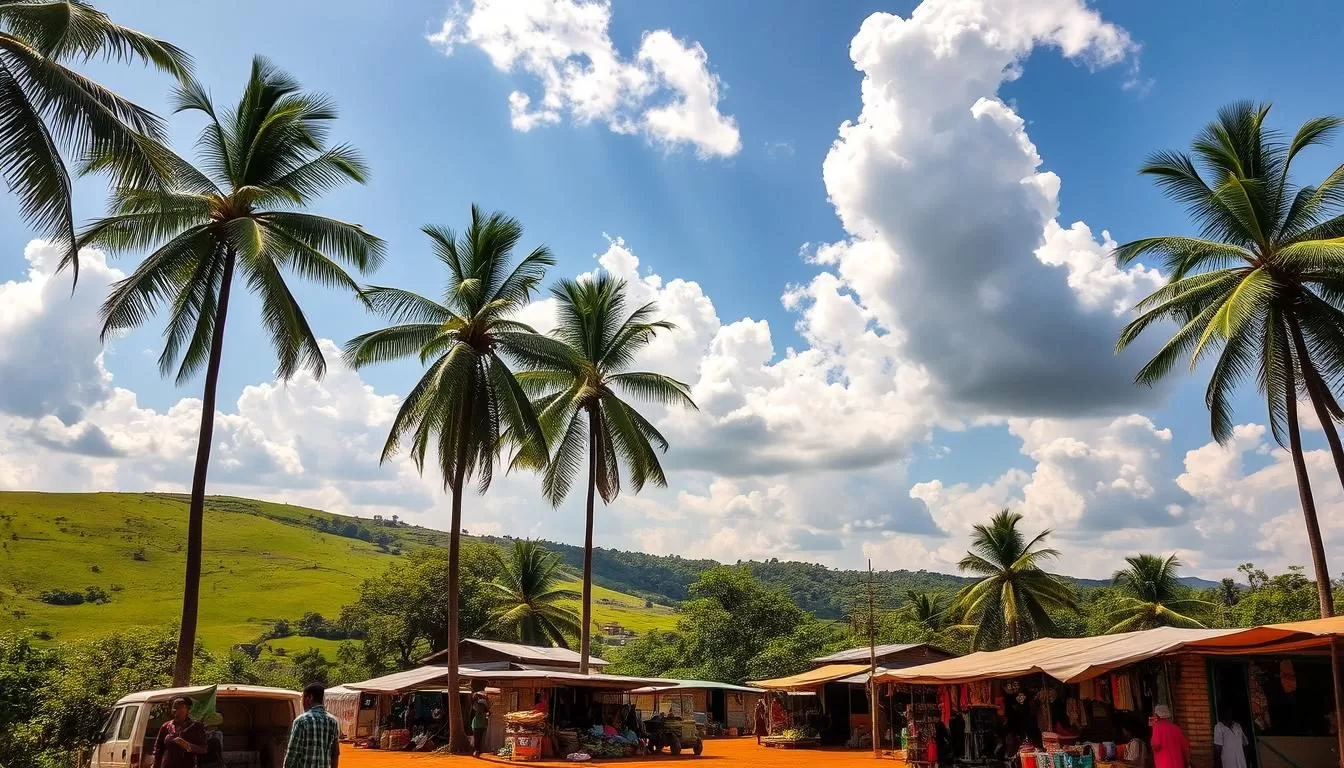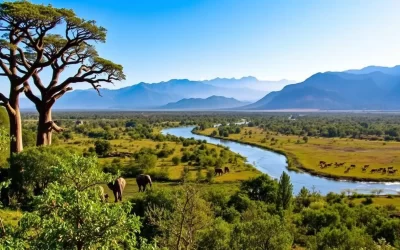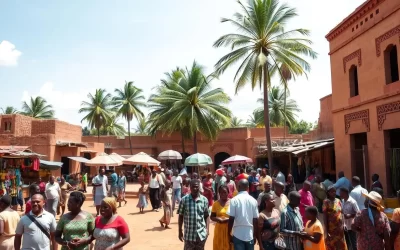✓ Accommodations✓ Flights✓ Rental Cars✓ Tours & Activities
Are you ready to explore the hidden gem of West Africa? Togo is a country that boasts diverse landscapes, from coastal beaches to northern savannahs, and a rich cultural heritage. Understanding the weather patterns is crucial to making the most of your trip.
The timing of your visit can significantly enhance your experience, allowing you to enjoy the country’s natural attractions and cultural events to the fullest. While Togo can be visited year-round, certain months offer more favorable conditions for specific activities and regions.
This guide will help you make informed decisions about when to plan your trip based on weather considerations, regional variations, and personal preferences. By understanding Togo’s climate patterns, you’ll be able to pack accordingly and plan a more comfortable journey.
Understanding Togo’s Tropical Climate
To plan a successful trip to Togo, it’s essential to grasp the country’s tropical climate dynamics. Togo’s climate is characterized by a rainy season and a dry season, each impacting the travel experience differently.
Temperature Patterns Across Regions
The temperature in Togo varies across different regions. Generally, the climate is tropical, with temperatures being relatively high throughout the year. Regional variations are notable, with the western plateau regions experiencing different conditions compared to the coastal areas.
Wet and Dry Seasons Overview
Togo’s season is divided into wet and dry periods. The rainy season typically runs from May to October, although there’s a brief dry spell in the south around mid-July and mid-September. The dry season, which is ideal for travel, occurs from November to April. The African monsoon influences the rainy season, affecting different parts of the country at different times.
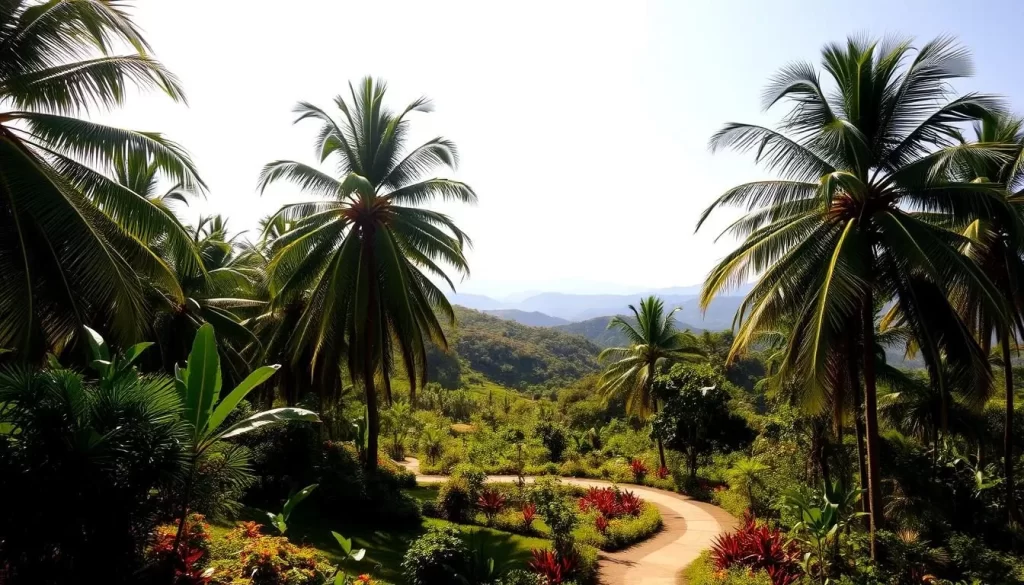
The rainfall varies significantly across regions, with the coast receiving around 900mm annually and the western plateau regions getting up to 2,000mm. Understanding these seasonal patterns is crucial for planning your itinerary and ensuring a comfortable trip.
Prime Time: November to February
If you’re planning a trip to Togo, the months from November to February are highly recommended. During this period, the weather is particularly favorable for exploring the country‘s diverse landscapes and attractions.
Why This Season Offers Ideal Conditions
The temperature is comfortable, making it perfect for outdoor activities such as hiking and birdwatching. The landscape is lush and green, providing a picturesque backdrop for visiting the country‘s national parks and wildlife reserves. You can enjoy the natural beauty of Togo without the harsh conditions often associated with other times of the year.
Regional Weather Variations During Peak Season
While November to February is considered the dry season, there are still regional variations in weather conditions across Togo. The coastal areas tend to be cooler than the northern regions, which can be warmer. Even during the dry season, rainfall patterns can differ regionally. Popular destinations like Lomé, Kpalimé, and Kara experience different microclimates, influencing your time visit and activities. Understanding these variations can help you plan your itinerary and pack accordingly.
- Coastal areas like Lomé are generally cooler and more humid.
- Northern regions, such as Kara, are warmer and drier.
- Central regions, including Kpalimé, offer a mix of both coastal and northern climate conditions.
Month-by-Month Weather Guide for Togo
To make the most of your visit to Togo, it’s vital to understand the country’s monthly weather patterns. Togo’s climate varies significantly across different regions and times of the year, impacting the best time to visit.
Dry Season Highlights
The dry season, particularly January and February, offers pleasant weather conditions ideal for outdoor activities and exploration. During these months, Togo experiences minimal rainfall, making it an excellent time to visit popular destinations without the hindrance of wet weather.
Transition Months
March, April, October, and November are considered transition months, marking the shift between the dry and rainy seasons. These periods can be characterized by unpredictable weather, with a mix of sunny days and occasional rain showers. Visitors during these months should be prepared for variable conditions.
Navigating the Rainy Season
The rainy season, spanning from May to September, brings significant rainfall to most parts of Togo. However, the rain typically doesn’t last all day, often coming in heavy afternoon showers. This season transforms the landscape into lush, green scenery, making it visually stunning. Despite the challenges, such as potential road conditions and limited accessibility, the rainy season offers a unique opportunity to experience Togo’s natural beauty.
- The pattern of rainfall is characterized by heavy afternoon showers, not continuous rain.
- Lush landscapes and flowing waterfalls make the rainy season visually stunning.
- Activities like cultural experiences and forest exploration are well-suited for rainy season visits.
- Visitors should be prepared for potential road conditions and limited accessibility.

Understanding and preparing for Togo’s monthly weather variations can significantly enhance your travel experience. Whether you choose to visit during the dry season or embrace the beauty of the rainy season, being informed is key to a successful trip.
Weather-Based Activity Planning
The best time to visit Togo depends on what you want to do, whether it’s enjoying the beach, viewing wildlife, or experiencing the local culture and traditions.
Togo offers a variety of activities that can be enjoyed throughout the year, but the weather plays a significant role in determining the best time for each experience.
Best Times for Beach Experiences
The dry season, from November to February, is ideal for beach activities due to the calm seas and pleasant weather. You can enjoy Togo’s beautiful coastline during this period.
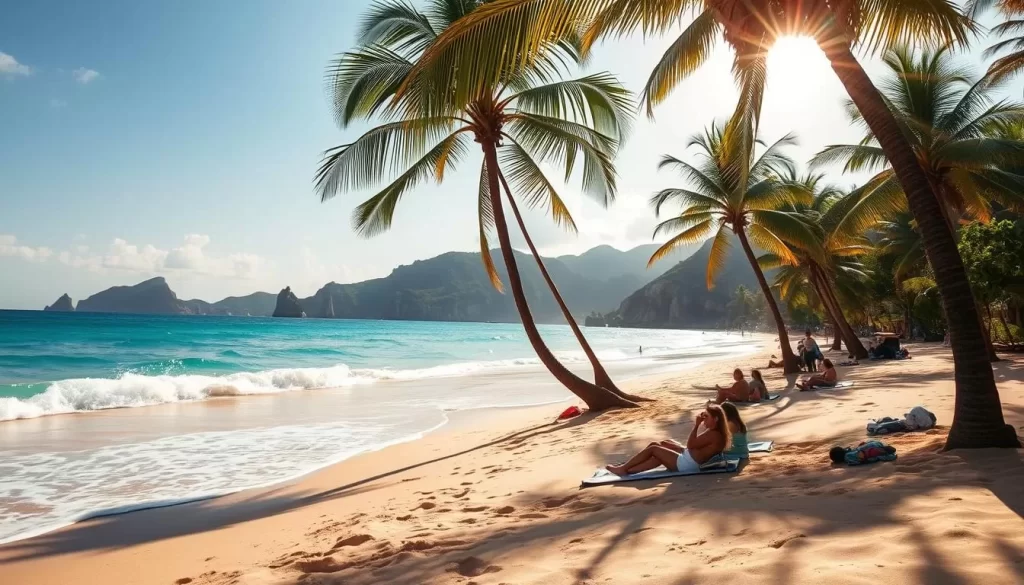
Optimal Months for Wildlife Viewing
For wildlife enthusiasts, the dry season is also the best time to view animals in Togo’s national parks, as the dry conditions make it easier to spot wildlife.
Festival Season Considerations
Togo’s festivals are a significant part of its cultural heritage, with events like the Evala wrestling festival in January and the Voodoo Festival in September offering unique insights into Togolese traditions. Planning your trip around these festivals can enhance your cultural experience.
Regional Weather Guide for Togo Travelers
As you explore Togo, you’ll encounter different climates, from coastal to savannah. Understanding these regional variations is key to making the most of your trip.
Coastal Climate Considerations
The coastal region, including Lomé, experiences a relatively stable climate compared to the inland areas. Temperatures are generally warm, averaging around 28°C to 30°C throughout the year. The coastal area sees a significant amount of sunshine, making it ideal for beach activities year-round.
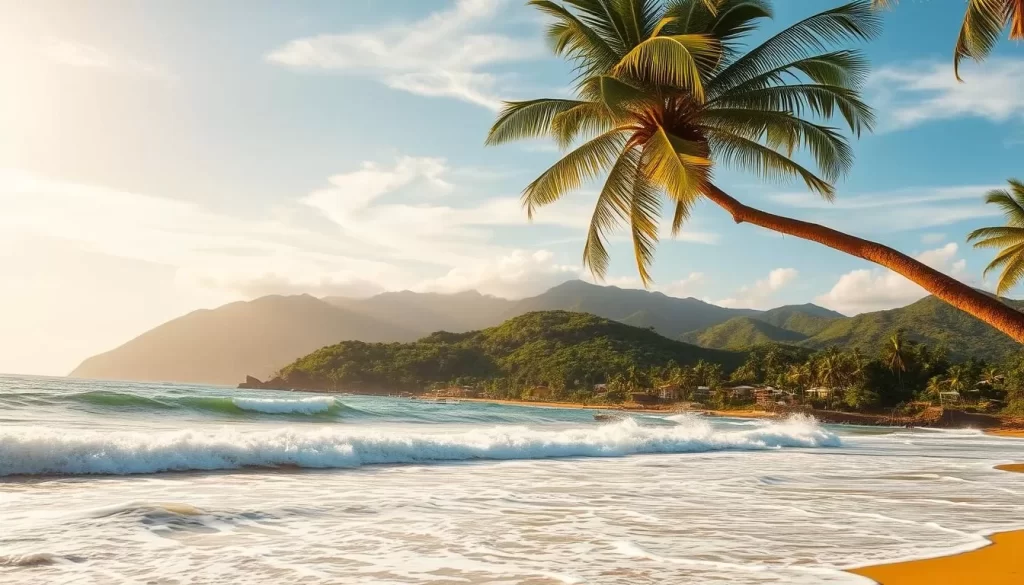
Northern Togo’s Weather Patterns
Northern Togo, encompassing the Kara and Savanes regions, is characterized by a savannah climate with higher average temperatures around 30°C. The rainfall in this region is significant, with amounts reaching 1,000 mm in the Savanes Region. The traditional architecture, such as the Tamberma tata houses, is designed to manage these climate conditions effectively.
| Region | Average Temperature | Rainfall Amount |
|---|---|---|
| Coastal (Lomé) | 28-30°C | 800 mm |
| Northern (Savanes) | 30°C | 1,000 mm |
| Central Inland | 28-32°C | 1,300-1,400 mm |
Planning Your Weather-Perfect Togo Adventure
Embracing Togo’s hospitality and cultural diversity is a significant part of the travel experience. To make the most of your trip, consider visiting during the best time, from November to February, when the weather is most comfortable. Engage with the local people and try the delicious food at local restaurants. Whether you’re exploring the beautiful landscapes or immersing yourself in the rich culture, Togo has something to offer every tourist.
The above is subject to change.
Check back often to TRAVEL.COM for the latest travel tips and deals.
